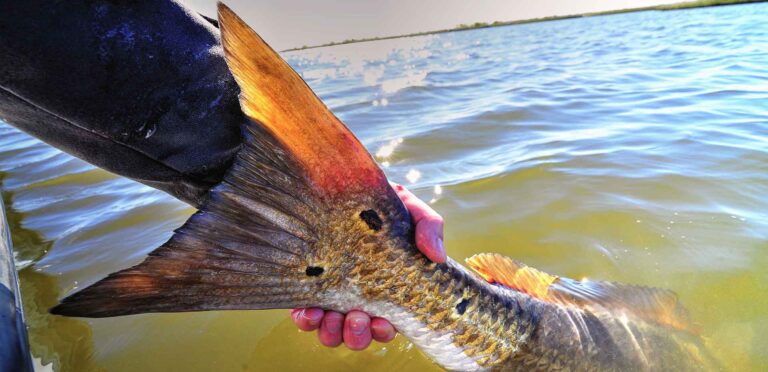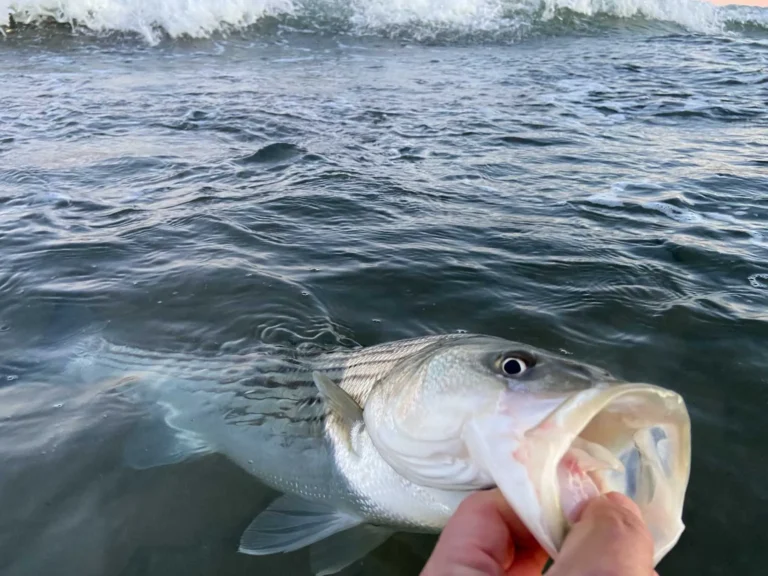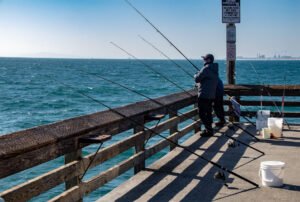If you’re just getting into saltwater fishing or looking to branch out, one of the first questions you’ll face is: Should I fish inshore or offshore? Both offer incredible opportunities—but they’re very different experiences in terms of gear, species, strategy, and even budget. In this guide, I’ll break down the…
Tag: inshore fishing
A Guide to Fishing the Gulf of Mexico
The Gulf of Mexico offers some of the most diverse and productive saltwater fishing opportunities in the world. From the shallow, fish-rich waters off Texas to the deep blue expanses off Florida, the Gulf caters to anglers of all skill levels. Whether you’re casting from the shore or venturing offshore,…
Best Lures for Snook Fishing
Snook are among the most prized game fish in coastal waters. Known for their aggressive strikes, hard runs, and acrobatic fights, they attract anglers from all skill levels. One key to consistent snook success is using the right lure for the right conditions. Whether you’re fishing mangroves, beaches, inlets, or…
Best Saltwater Fishing Spots in Florida
Florida is a paradise for saltwater fishing enthusiasts, offering an incredible variety of coastal waters, species, and fishing styles. Whether you prefer casting from the shore, wading through flats, or venturing offshore, the Sunshine State has a spot for every angler. Here are some of the best saltwater fishing destinations…
How to Catch Redfish in Shallow Water
Redfish, also known as red drum, are one of the most sought-after inshore gamefish—and for good reason. Their aggressive strikes, powerful runs, and willingness to eat a wide range of baits make them a favorite among saltwater anglers. But catching redfish in shallow water, or “skinny water,” takes a bit…
The Ultimate Guide to Targeting Striped Bass
Few saltwater gamefish inspire the passion and pursuit that striped bass do. Known for their aggressive strikes, hard fights, and seasonal migrations, stripers offer exciting opportunities for both shore and boat anglers up and down the Atlantic coast. Whether you’re a seasoned fisherman or just getting started, this guide will…
Rods vs. Reels: What to Spend More On?
Saltwater fishing can be brutal on gear. From the corrosive effects of salt to the power of hard-fighting fish like tuna, redfish, and tarpon, your setup needs to be tough and reliable. One of the most common questions anglers ask when assembling their gear is: Should I spend more on…
Best Time to Use Cut Bait (and How to Prepare It)
When you’re targeting big saltwater species, few methods rival the effectiveness of cut bait. Whether you’re fishing from shore, a pier, or a boat, properly prepared cut bait can outfish artificial lures and live bait under the right conditions. But when should you use it—and how do you prep it…













